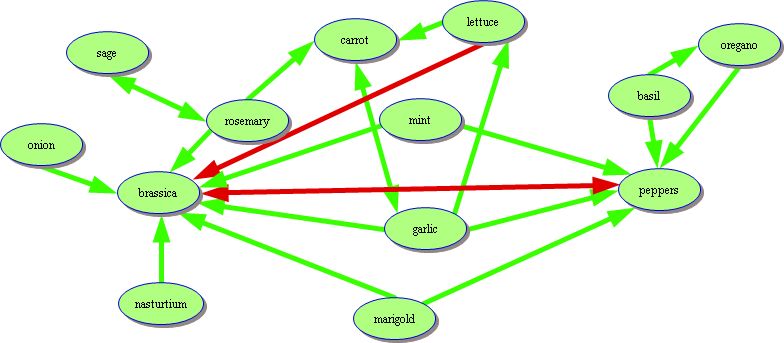Vegetable growing
Jump to navigation
Jump to search

Main > Food and Agriculture > Growing plants
This page discusses how to make vegetable beds more productive.
- Plant the vegetables in waves rather than in rows. This allows you to fit more plants in a bed without reducing the space between plants.
- Use mulch or living mulch such as clover. Clover will also improve the soil.
- Biochar
- Worms
- Fungal symbiosis:
- Elm oyster mushrooms (hypsizygus ulmarius) or garden giants (stropharia rugosoannulata) grown in vegetable beds will raise vegetable yields while also producing edible mushrooms. Scatter some colonized grain, straw or cardboard into the beds.
- There is plenty of research showing that mycorrhizal spores increase yields. Liquid spore solution can be added to seeds. It is available quite cheaply here. Mycelium Running say: "Mycorrhizologists harvest spores from wild or greenhouse-cultivated mycorrhizal puffball- or truffleshaped mushrooms from fungi like Glomus, Pisolithus, and Rhizopogon. Mature mushrooms are selected, pulverized into a powder, and then shaken through varied-size mesh screens until the fine spores fall through the bottommost screen (with the smallest openings)."
- Endophytic fungi (fungi that grow within plants) can boost yields
- Companion planting - see Wikipedia's list of companion plants

An example of companion planting suitable for a vegetable bed. Green arrows show plants that benefit each other and red arrows show plants that harm each other. Note that the harmful interaction of brassicas and peppers is offset by planting mint, garlic and marigold between them, while the harmful effect of lettuce on brassicas is solved by putting carrot and rosemary between them. This is an example of a permaculture guild.